Worst Therapy Dog Breeds: Top 5 to Avoid for Assistance Roles
When it comes to therapy dogs, certain breeds stand out for their natural ability to offer emotional support and comfort to those in need.
However, not all dog breeds are created equal when it comes to providing therapeutic assistance. While some have the perfect temperament and willingness to help others, there are a few breeds that may not be the best choice for therapy work.
One example of a less-than-ideal breed for therapy roles is the Chow Chow. These fluffy canines may look adorable, but they tend to be stubborn and hard to train. Their lack of enthusiasm for cuddling and interacting with other pets can also make them a challenging choice for therapy settings where empathy and engagement are key.
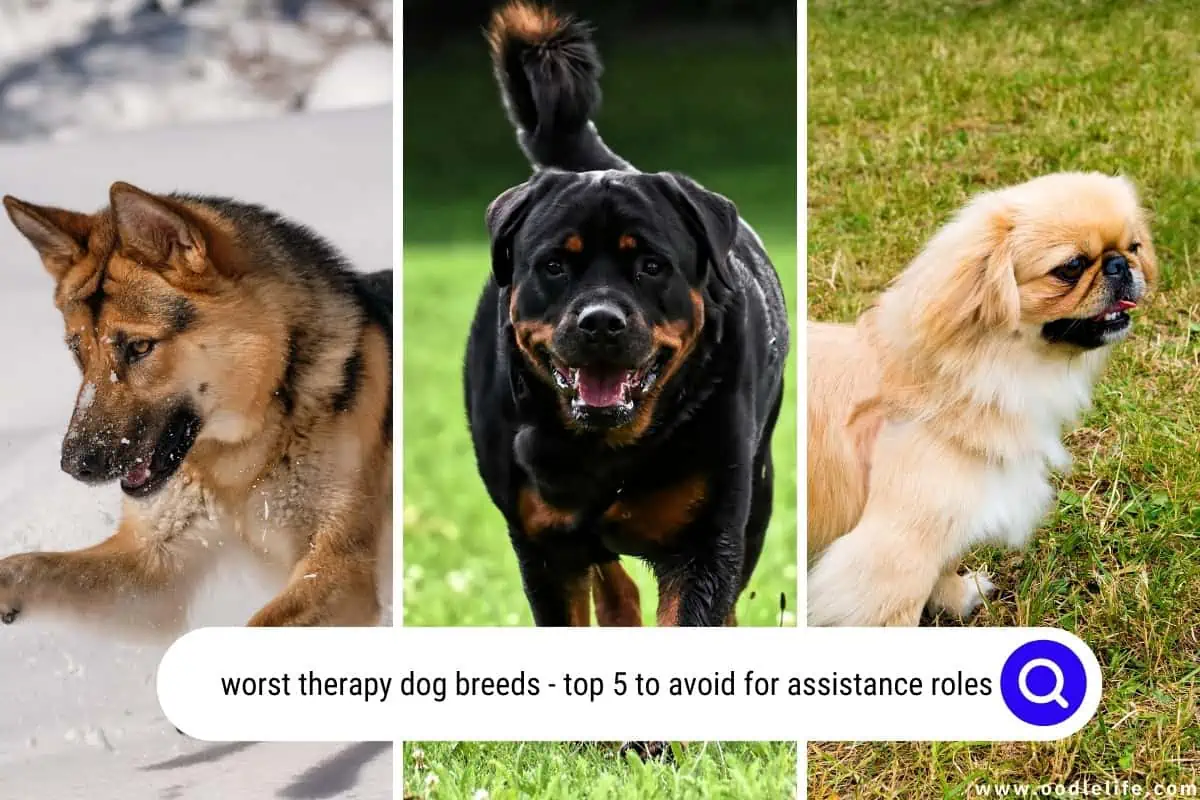
In this article, we’ll explore some of the worst therapy dog breeds that may not be suited for this type of work. While each dog is unique and some individuals may defy breed characteristics, it’s helpful to know which breeds might require extra effort and consideration before embarking on a therapy dog journey.
Characteristics of a Good Therapy Dog
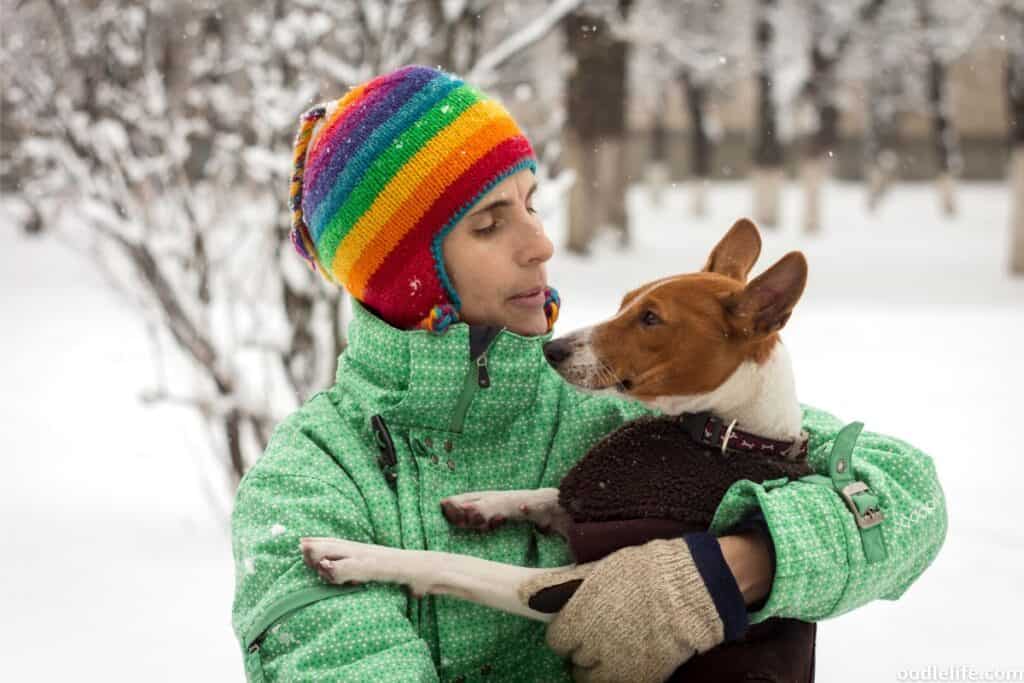
Temperament
A good therapy dog should possess a calm and friendly temperament. They should enjoy interacting with people of all ages, including children and the elderly. An ideal therapy dog is gentle, easygoing, and able to adapt well to new environments.
One example of a great therapy dog breed is the Labrador Retriever. Labs are known for their calm demeanor and sociable personality, making them a popular choice as therapy dogs.
Behavior and Socialization
Proper behavior and socialization are crucial aspects of therapy dogs. These dogs should be comfortable and well-behaved in a variety of social settings such as hospitals, schools, and nursing homes, with people who may have physical or mental disabilities.
For instance, Golden Retrievers often make excellent therapy dogs due to their friendly disposition and responsiveness to social cues. They are able to quickly adapt their behavior to the needs of the person they are interacting with, providing comfort and support.
Training Requirements
Training is an essential component of ensuring a successful therapy dog. They need to undergo obedience training, specialized therapy dog training, and pass certification tests to ensure they have the necessary skills to provide comfort and emotional support to people in need.
A good example of an intelligent therapy dog breed is the German Shepherd, which is known for its innate ability to learn and perform tasks. With proper training, German Shepherds can become reliable therapy dogs, providing reassurance and companionship to those in need.
Remember, the perfect therapy dog combines a gentle temperament, solid behavior and socialization skills, and the ability to master training tasks. Each aspect plays a vital role in making sure these furry friends can provide the emotional support and comfort required in their line of work.
Best Therapy Dog Breeds
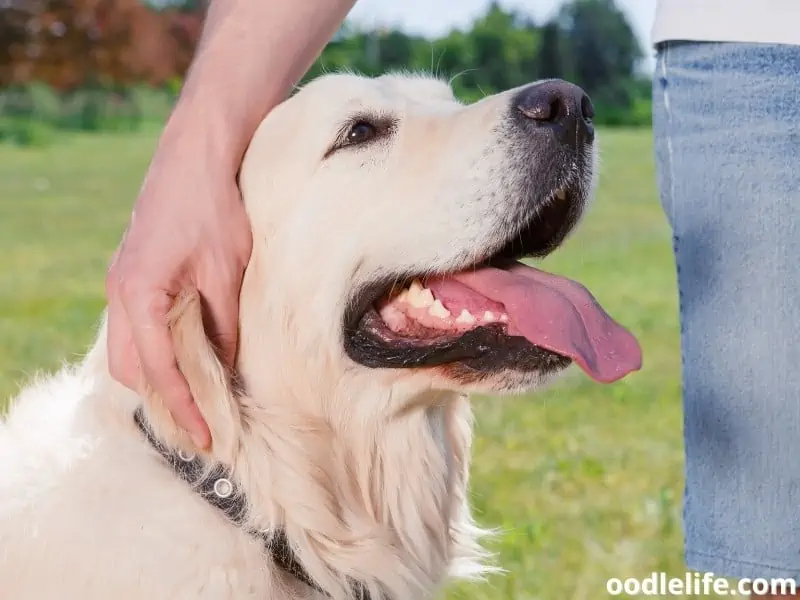
Labrador Retrievers are not only known for assisting hunters in the past but have also earned their reputation as fantastic therapy dogs. These bright, friendly, and sociable fellows adore having a job to do and spreading love wherever they go. Plus, their wagging tails can brighten even the gloomiest day.
Cavalier King Charles Spaniels are like the royals of the therapy world, with their charming personalities and gentle nature. Often seen in the laps of kings and queens throughout history, today, these dogs hold the throne of affectionate therapy companions, making them perfect for providing comfort.
Golden Retrievers deserve a gold medal in the therapy dog Olympics. These loving and calm creatures are especially great with children and young adults, acting as perfect mood lifters and companions. Known for their easygoing nature, they effortlessly glide through life, making friends with everyone they meet.
Now, let’s talk about Poodles: the versatile, multi-talented friends of the therapy world. These dogs come in three sizes – standard, toy, and miniature – which means there’s a perfect Poodle for every lap out there! They’re intelligent, easily trained, and hypoallergenic, making them ideal candidates for various therapy environments.
Collies might be famed for their herding prowess, but they’ve also proven to be extraordinary therapy dogs. Their keen intuition and sensitivity toward human emotions, along with their striking good looks, make them the ideal canine confidantes for anyone in need of affection and understanding.
Newfoundland dogs are sometimes called “nature’s babysitters” and for a good reason. These gentle giants are known for their incredible patience, loyalty, and calm disposition. They can quickly become a loving and reassuring presence for those in need of emotional support.
In conclusion, these therapy dog breeds all share characteristics like love for people, affection, and adaptability. They’re the perfect four-legged friends to lend a listening ear, snuggle on the couch after a rough day, or simply warm your heart with a wagging tail.
Worst Therapy Dog Breeds
While many dog breeds can make excellent therapy dogs, there are a few breeds that don’t quite fit the bill. Some breeds might struggle with the demands of therapy work due to their size, temperament, or energy level. Let’s take a closer look at some of these not-so-ideal candidates.
German Shepherd
Although highly intelligent and often utilized as police or working dogs, German Shepherds’ intense protectiveness can make them unsuitable for therapy work. Instead of providing stress relief, a visit from this guard dog might raise anxiety levels!
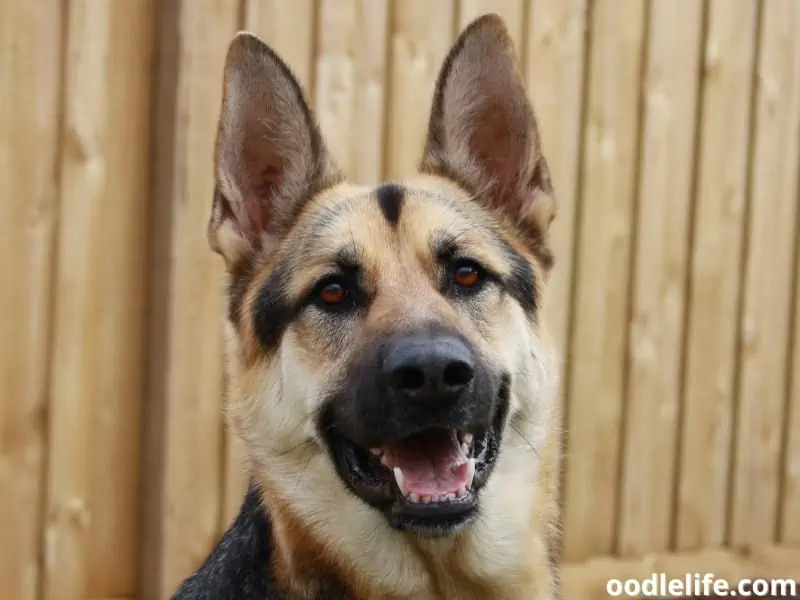
Yorkshire Terrier
Yorkies are small, cute, and lively, but their unpredictable nature can be an issue. These pocket-sized pups can become snappy and stubborn, making them a risky choice for therapy dogs and less than ideal for calming someone experiencing stress.

Rottweiler
While Rottweilers can be loving and gentle family pets, their size and strength can be intimidating to some individuals in a therapeutic setting. They may also exhibit protective behavior, which may hinder their ability to bond with those in need of assistance.

Irish Wolfhound
The Irish Wolfhound is another large breed that, despite its docile nature, might not be suited to therapy work. Their massive size can inadvertently lead to accidents in tight spaces, like hospitals or care facilities.
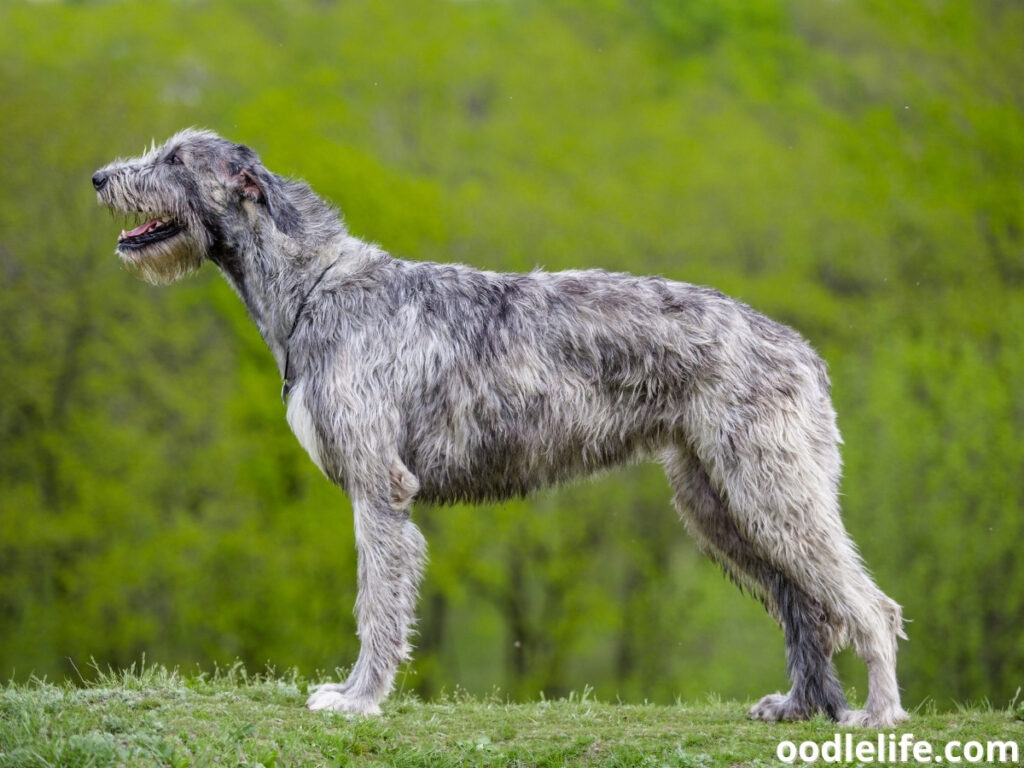
Pekingese
With their unique appearance, the Pekingese is undoubtedly eye-catching. However, these royal pups can be difficult to train and tend to prefer being a one-person dog. Their stubbornness and independence make them unsuitable for therapy dog work.
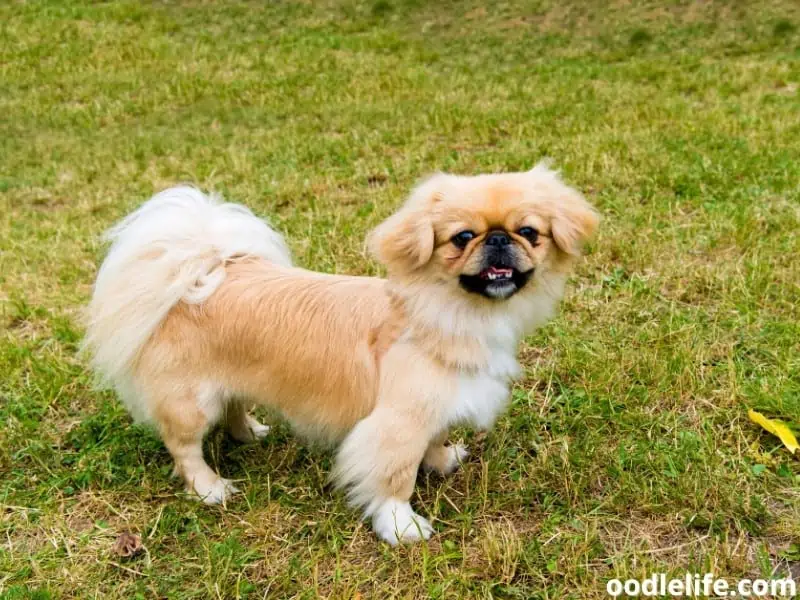
Airedale Terrier
Airedales are lively, intelligent, and high-energy dogs. While they are excellent in various tasks, their vivaciousness might make them too much for people seeking calm and comfort, therefore not the best option for a therapy dog.
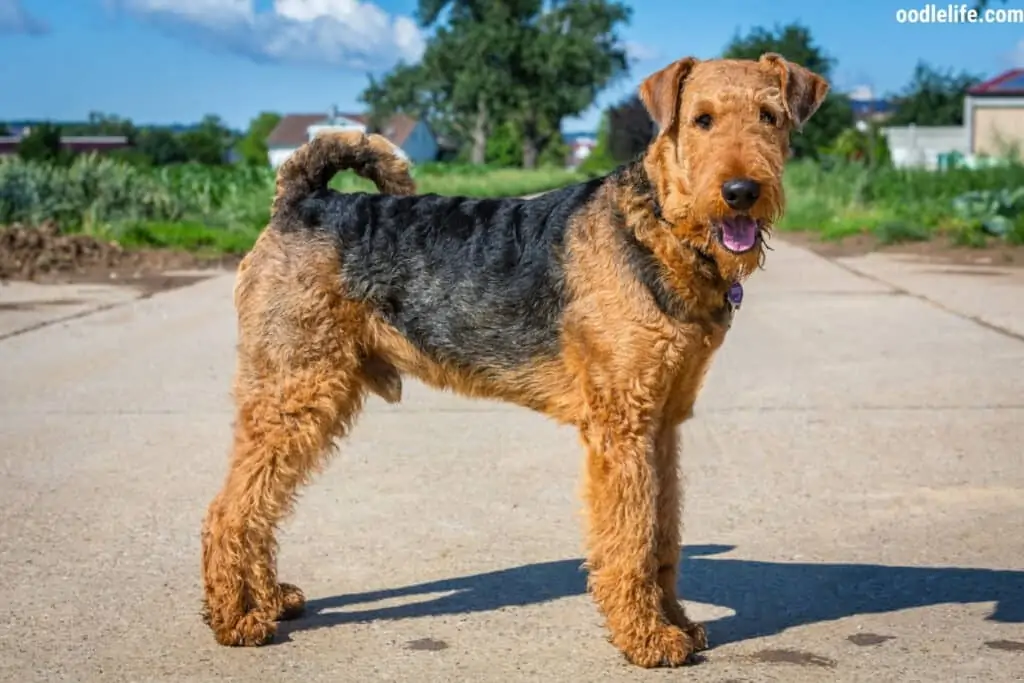
Lurcher
The Lurcher, a fast and agile hunting breed, might struggle to provide the sedate and soothing environment needed during therapy work. Their prey drive and energy levels may not be ideal for this type of engagement.
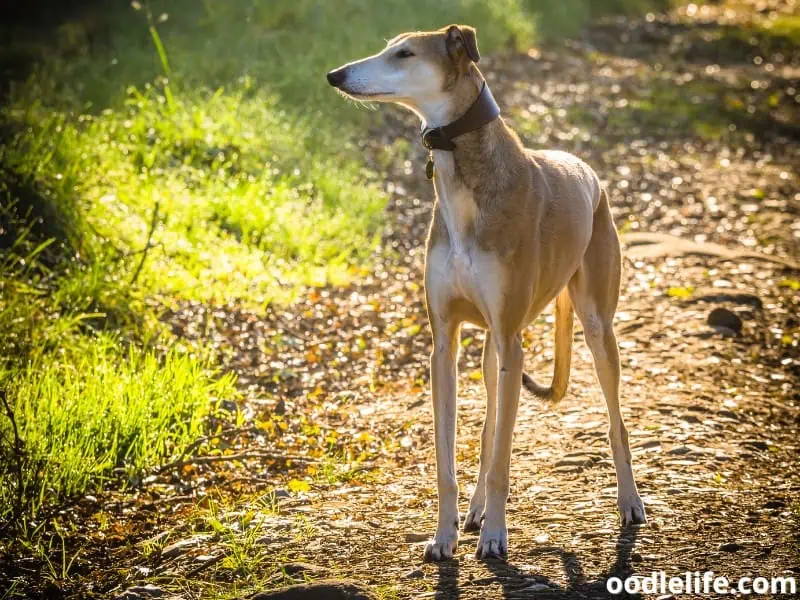
Pomeranian
These fluffy little dogs might look like the perfect therapy companion, but their boldness and bravery can lead to them being overly protective. These pups can become snappy, making them less suitable as therapy dogs.

In summary, while each dog breed has its strengths and weaknesses, some are simply not the best choice for therapy dog work. If you’re looking to bring a furry friend into a therapeutic environment, consider breeds renowned for their gentleness, calmness, and ability to bond with many different people.
Therapy Dog Certification and Regulations
When it comes to therapy dog certification, there are a few key organizations and regulations to be aware of. Let’s start with the American Kennel Club (AKC), which has its own therapy dog program. The AKC Therapy Dog Program has specific requirements, such as the dog being registered or listed with the AKC and completing a certain number of visits (e.g., 10-50 visits) to earn various titles like AKC Therapy Dog Novice (THDN) or AKC Therapy Dog (THD).
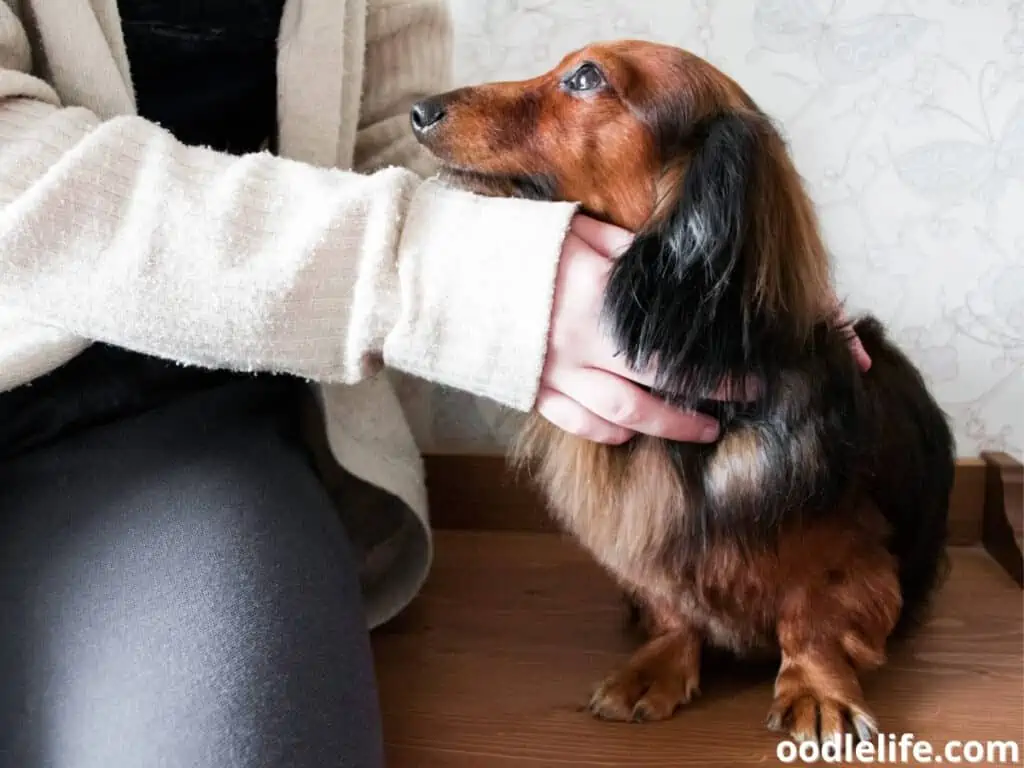
It’s important to know the difference between therapy dogs and service dogs, as the Americans with Disabilities Act (ADA) defines a service dog as “a dog that is individually trained to do work or perform tasks for a person with a disability”. This distinction matters because service dogs are granted public access rights under the ADA, which therapy dogs do not have.
Now, let’s talk about the Canine Good Citizen Test. While not a therapy dog certification per se, it’s often considered a solid foundation for therapy dog training. This test focuses on evaluating your dog’s obedience, sociability, and polite public behavior.
Think of it as an elementary school exam for your furry friend.
An interesting example of therapy dog regulation comes from the USPCA (United States Police Canine Association) General Rules and Regulations Governing Certifications of Therapy dogs. The purpose of their test is to evaluate a dog’s flexibility, adaptability, and friendliness in working as a Law Enforcement Therapy K9.
Lastly, therapy dogs and their handlers may find themselves navigating housing regulations, such as the Fair Housing Act (FHA). This act requires landlords to make reasonable accommodations for individuals with disabilities, which can include allowing therapy dogs in “no pets” policies. However, it’s crucial to understand that therapy dogs are not always treated the same as service animals under this act.
So in the wild world of therapy dog certifications and regulations, it’s crucial to be educated on the ins and outs. Remember, knowledge is power – even when it comes to our four-legged friends and their roles in assisting individuals in need.
Therapy Dog Roles and Environments
Animal-Assisted Therapy in Institutions
Animal-assisted therapy involves well-behaved and trained animals, such as dogs, who play an important role in health and care institutions like hospitals, schools, and nursing homes. These furry friends help patients cope with emotional, mental, and physical problems. For example, in nursing homes, therapy dogs can lessen loneliness by providing affection and companionship to residents.
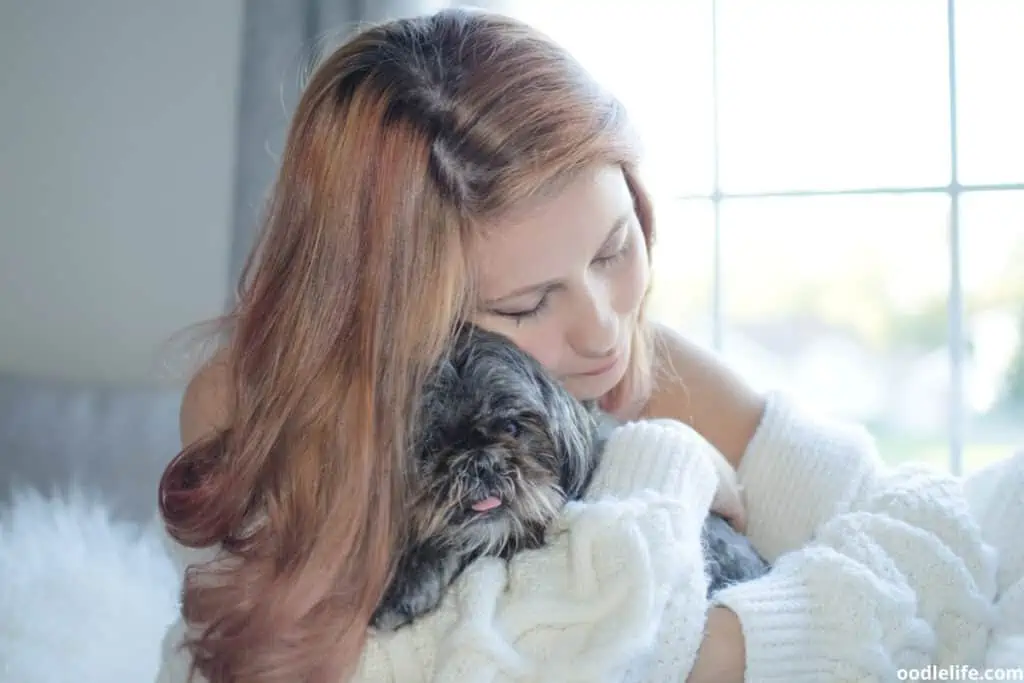
Emotional Support Animals
Emotional support animals (ESAs) differ from service dogs in that they’re not specifically trained for a particular task. Instead, they provide emotional support just by being present, and they’re rarely given the same access rights as service dogs. ESAs can help individuals dealing with anxiety, depression, or other mental health issues.
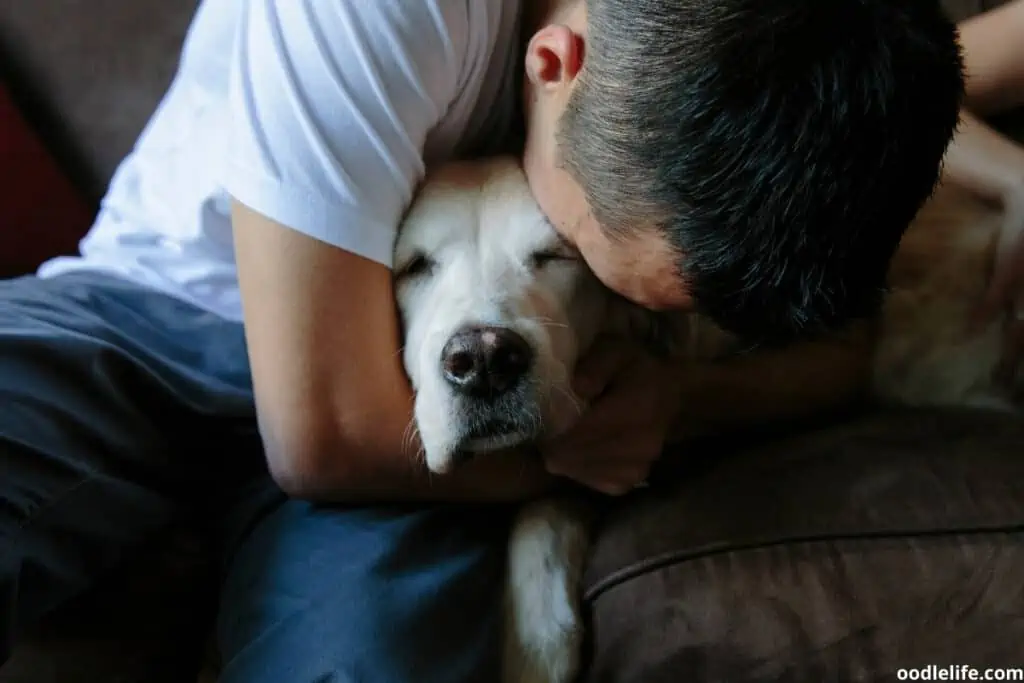
Picture a small therapy dog breed nestled in a college student’s lap during finals week or soothing a frequent flyer during a turbulent flight. That’s the work of an ESA.
Guide and Service Dogs
Guide and service dogs are specifically trained to assist people with disabilities, such as the blind or deaf, and those who experience seizures or other medical conditions. From guiding visually impaired people in South Africa to detecting changes in blood sugar levels or alerting their handler to an incoming seizure, these dogs truly have a nose for the job. Search and rescue dogs are another heroic example; they display their unique skills by locating missing individuals.
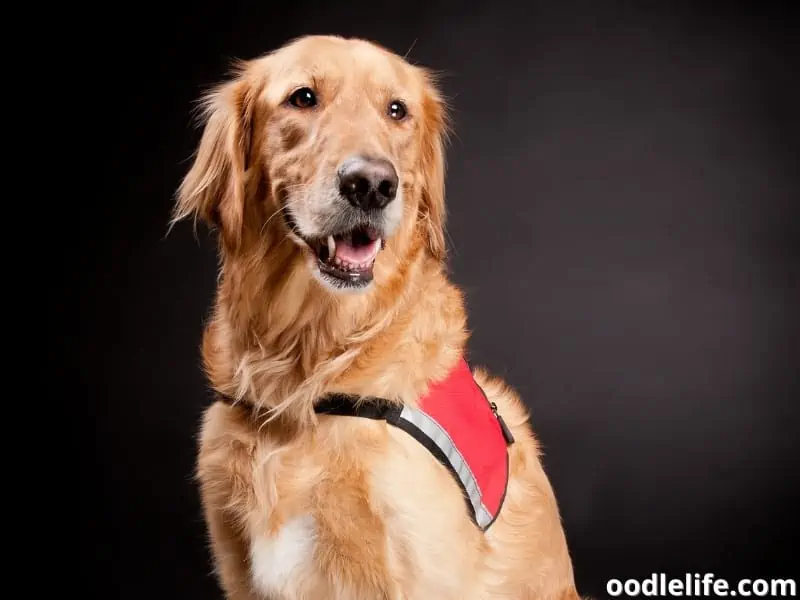
So remember, while a herding dog might be great at corralling sheep in a field, it may not be the best-suited breed for a hospital setting. After all, you wouldn’t want a patient running after a dog that’s just trying to do its therapy work! And a detection dog might excel at identifying smells, but that doesn’t mean it’s a great fit for an emotional support role.
There’s a reason you won’t find renowned search and rescue experts doing comedy shows in nursing homes. Well, that, and the lack of an opposable thumb for a mic hold.